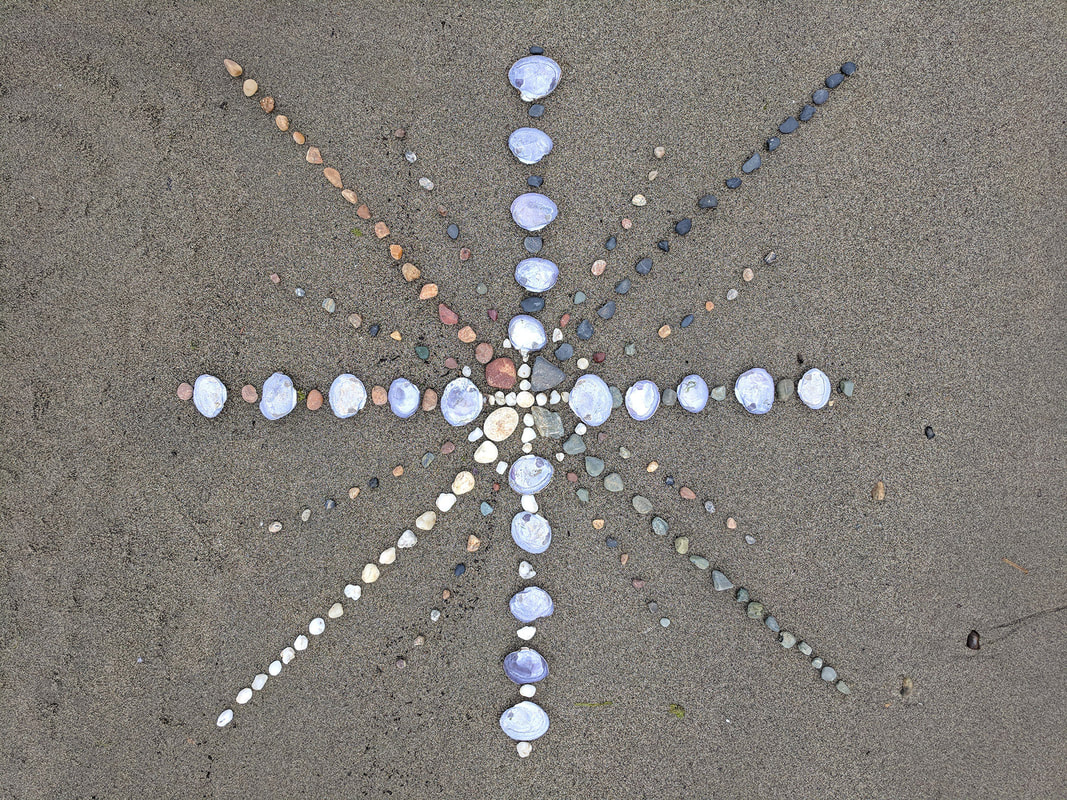What is Shamanism?
Shamanism is the world’s most ancient spiritual practice predating all the world’s known religions and going back as far as forty thousand years or more. Thus, all of our ancestors started here. Despite efforts by ruling governments and organized religion to wipe it out, it has persisted to the present day. Many descendants from the first nations are now sharing their wisdom with all who feel called to remember.
The Shamanic practice focuses on accumulating knowledge and power in order to better manipulate the quantum field to love, heal, teach, and create. Shamanism is cross-cultural and has developed independently in every continent of the world and yet there is an amazing consistency in its approach. Shamanism has no dogma, no religious hierarchy, and is a tradition characterized by direct revelation (finding your own individual truth through your experiences) and by rigorous apprenticeships. Today there are many parallels between the discoveries in the science of quantum physics and what Shamanism has known all along.
The Shamanic practice focuses on accumulating knowledge and power in order to better manipulate the quantum field to love, heal, teach, and create. Shamanism is cross-cultural and has developed independently in every continent of the world and yet there is an amazing consistency in its approach. Shamanism has no dogma, no religious hierarchy, and is a tradition characterized by direct revelation (finding your own individual truth through your experiences) and by rigorous apprenticeships. Today there are many parallels between the discoveries in the science of quantum physics and what Shamanism has known all along.
What is a Shaman?
Shaman is an Evenki (Siberian) term referring to one who “sees.” The Shaman develops an intimate relationship with the unseen world for the purpose of being of service as: a healer, ceremonialist, artist, storyteller, warrior, chief, and man or woman of knowledge, both as teacher and as student. A shamanic practitioner is one that employs these practices. A healer of any merit will not call themselves a shaman, leaving that distinction to be made by the greater community based on one's ability to serve.
Guiding Principles
1. Everything in the universe comes from the same source or Spirit. The Shamanic practitioner develops a primary relationship with the source of life, the Great Spirit and Spirit's helpers and allies.
2. Everything is alive, has consciousness, and is aware of everything else at some level. The Shamanic practitioner acknowledges this and also strives to be completely aware.
3. Everything is connected by overlapping energy fields and therefore everything is in interdependent relationship to everything else. The Shamanic practitioner strives to mediate these relationships on behalf of others.
4. Everything in the universe is busy transforming and creating new experiences. The Shamanic practitioner is an agent of change, also striving to become more open to love and the truth of being for the purpose of being of service.
5. Everything is influenced by intention and dreaming. The Shamanic practitioner uses focused intention and dreams to influence the universe on behalf of the community.
2. Everything is alive, has consciousness, and is aware of everything else at some level. The Shamanic practitioner acknowledges this and also strives to be completely aware.
3. Everything is connected by overlapping energy fields and therefore everything is in interdependent relationship to everything else. The Shamanic practitioner strives to mediate these relationships on behalf of others.
4. Everything in the universe is busy transforming and creating new experiences. The Shamanic practitioner is an agent of change, also striving to become more open to love and the truth of being for the purpose of being of service.
5. Everything is influenced by intention and dreaming. The Shamanic practitioner uses focused intention and dreams to influence the universe on behalf of the community.

